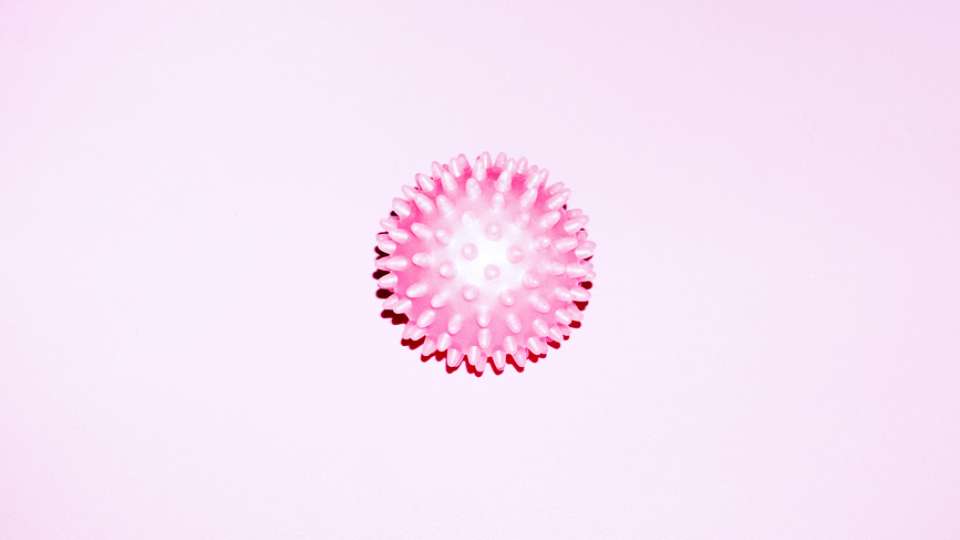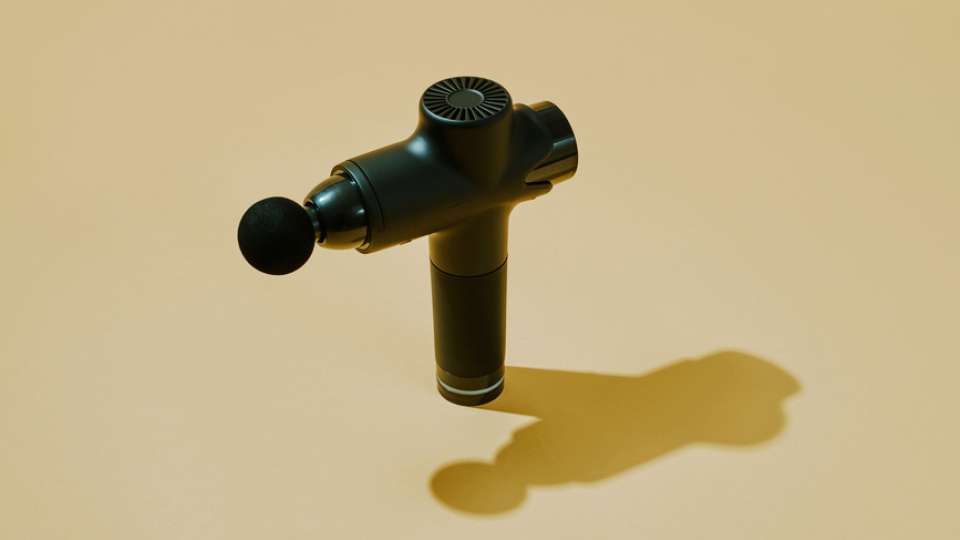From Foam Rolling to Sleep: How to Recover from a Workout

Think back to the last workout that left you feeling sore. Maybe it was a thigh-burning mountain bike climb. Or an energizing cardio class that left your legs aching for days. Whether you’re a seasoned pro or just starting out with a new workout routine, exercise-induced soreness is part of the deal.
According to doctors and physical therapists, it’s important to take time to recover and allow your muscles to repair and refuel in between workouts. But the amount of advice about recovery can quickly become overwhelming: A billion-dollar industry has formed around recovery gadgets like massage guns, ice baths and cryotherapy chambers designed to help you feel better and, possibly, recover faster.
Whether you’re training for a hundred-mile bike race or setting a goal to simply be active for 20 minutes every day, here’s how to navigate the plethora of recovery methods — and use them safely to avoid injury.
What is exercise recovery?
When you exercise — whether you’re swimming laps or lifting weights at the gym — you build endurance and strength by challenging your body’s cardiovascular system and muscles. You might feel sore directly following a tough workout or for a few days afterwards. The discomfort is caused by tiny tears and inflammation in your muscles. You grow stronger as your body heals those microtears.
That’s why allowing your body to recover from a workout is critical, according to Dr. Katherine Fahy, a sports medicine doctor at the UW Medicine Sports Medicine Clinic at Ballard. “Recovery gives the body time to rebuild energy stores and to heal the muscles, tendons and ligaments that were involved in the workout,” she says.
The right recovery for you depends on your goals and level of fitness. Experts agree that the following is fundamental to bouncing back after a sweat session:
- Allowing your body to rest in between workouts using active and passive recovery methods.
- Getting good-quality sleep.
- Drinking water throughout the day.
- Eating a combination of carbohydrates and protein.
Once you’ve mastered that foundation, you can experiment with adding in recovery tools.
Who should use recovery tools?
Most healthy people can use recovery tools without guidance.
That said: “If you’re injured, it’s best to consult your doctor or physical therapist to make sure it’s safe and indicated for your injury,” says Nika Cortese, a physical therapist with the Sports Medicine Center at Husky Stadium.
Recreational athletes who exercise at a moderate intensity several days a week most likely don’t need fancy tools in order to train successfully.
After more intense efforts, like a long run or bike ride, then something like a foam roller or massage gun might feel nice afterwards, Cortese says.
But even for experienced athletes, more research is needed to understand the benefits of these tools, and they aren’t a silver bullet for addressing muscular issues or injury.
“If it’s a feel-good thing for you, that’s great,” Cortese says. “Using recovery tools isn’t going to reduce injury risk or necessarily allow you to perform better.”
How to use recovery tools safely
Listen to your body, as you would with for any workout routine. Whatever tools you’re using, you should stop if you experience pain or discomfort. Here’s how to use some of the most popular methods safely.
Foam rollers and massage balls
Foam rollers and massage balls come in various sizes, shapes, densities and materials and the risks in using them are relatively low. Select the tool that best meets your needs. If you plan to travel with your foam roller, you may want a smaller model that fits inside a duffel bag. A stick roller is another compact alternative you can use to roll over your muscles and find relief from soreness.
Start out with gentle pressure and slowly increase intensity as you go. Rolling on a foam roller or ball should feel like a massage. There’s no need to push through pain. Fahy says that you should avoid using rollers and balls on bony areas, including directly over the spine. You should stop if you experience numbness or tingling, which can be an indicator of nerve irritation.
Massage guns
Massage guns deliver bursts of vibration to your tissues; they’re designed to promote blood flow, reduce tension and improve range of motion, among other benefits. Although some studies show that they help reduce stiffness and increase range of motion following a workout, more research is needed to determine their long-term benefits.
These tools can be pricy, so shop around to find a model from a trustworthy brand with positive reviews. Focus on big muscle groups and avoid bony areas, Cortese says. Also avoid areas with a lot of blood vessels, like your abdomen, and sensitive areas like your neck, face and spine. And don’t use them on areas where you’ve recently had a joint replacement or fractured a bone or that has bruising or new scarring.
Some massage guns vibrate at a higher intensity than others. Listen to your body.
“Make sure it feels good and you’re comfortable with it,” Cortese says.
Cold therapy
If you’ve ever applied an ice pack or a bag of frozen peas to a sore spot, you’ve used cold therapy. Athletes have been relying on this technique for centuries to reduce pain and swelling. Today, cold-water immersion and cryogenic chambers are increasingly popular. Cold-water immersion involves plunging into a body of water or submerge yourself in an ice bath. Some fitness centers even offer extremely cold cryogenic chambers that you stand in for a few minutes.
The risks with these techniques include frostbite, cold burn and hypothermia. If you’re using an ice pack, layer a towel between the ice and your skin, Cortese says. You may want to wear gloves, shoes or a beanie to protect your extremities when doing a cold plunge. Many facilities with cryo chambers also provide gloves.
Cupping
Cupping has been used for thousands of years in Asia and the Middle East, and has become an increasingly popular recovery technique in the West. Evidence suggests it is effective, but more research is required. Typically a care provider, such as a physical therapist, acupuncturist or massage therapist, applies cups to your skin where you’re experiencing soreness or discomfort. The pressure can help alleviate pain.
This recovery technique is relatively low-risk, Fahy says. The cups often leave circular red or purple spots that look like bruises, but they are typically harmless and will go away after a few days or a week.
You can buy silicone cups online and your doctor or physical therapist can show you how to use them at home with some massage cream to help them glide over your skin. As with other recovery techniques, the cups should feel comfortable, Cortese says. Don’t leave the cups on areas of your body with poor sensation, and don’t use them over wounds.
The other components of a proper recovery
It’s tempting to want a quick fix when you’re working through an injury or dealing with soreness. But it’s even more important not to forget the basics, Fahy and Cortese say. That means prioritizing sleep, eating and hydrating well, and sticking to a smart training plan.
Sleep
Getting fewer than six hours of sleep per night can negatively affect athletes. Studies show that going without adequate sleep can reduce your aerobic output, compromise blood oxygen levels and even affect your body’s ability to keep itself cool through sweating.
“There’s a good amount of evidence tying a lack of sleep to injury risk in athletes,” Cortese says.
Aim for 7–9 hours of uninterrupted sleep each night when you’re training and allow yourself to rest in between workouts. That might mean not exercising one day a week, or practicing active recovery with a yoga workout or gentle hike.
Fueling and hydration
When it comes to recovery, what you eat matters. Studies show that eating a combination of energy-replenishing carbohydrates and muscle-building protein following a workout is key to helping your body grow stronger.
“I encourage athletes to eat a well-balanced diet with adequate protein and a variety of fruits and vegetables,” Fahy says. “An anti-inflammatory diet can aid in overall health as well as recovery.”
Hydrating is just as essential. On average, for healthy people in temperate climates, adult men need about 3.7 liters of fluids a day, whereas adult women require 2.7 liters, according to the U.S. National Academies of Science, Engineering and Medicine. About 20% of daily fluid intake can come from food.
Training wisely
“Train smarter, not harder” the saying goes. If you’re hitting the gym six days a week, taking little time to rest and struggling to recover, you may need to recalibrate. Ask yourself: Am I training to be active over the long term? Am I matching the intensity of what I’m doing to my goals? Consider hiring a coach if you’re struggling to find a balanced plan.
Regardless of whether you decide to experiment with a recovery tool or just stick to the basics, always follow manufacturer instructions and resist the urge to push the limits. Listen to your body when you’re working out and recovering. “If you experience pain during or after workouts that doesn’t resolve with recovery methods, it may be time to seek out medical attention with a primary care physician or sports medicine provider,” Fahy says.

 Healthy ideas for your inbox
Healthy ideas for your inbox








